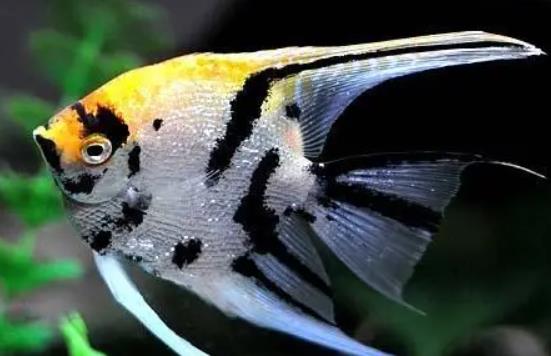The breeding techniques for angelfish mainly include aspects such as choosing the right aquarium and environmental setup, water quality management, feeding and diet, disease prevention and control, as well as breeding and fry care.

Aquarium and Environmental Setup
Angelfish are medium to large-sized tropical fish that like to swim in groups. Therefore, it is recommended to use an aquarium that is at least 60 cm long, 45 cm wide, and 45 cm high. The aquarium should be placed in a well-ventilated area, away from direct sunlight and where the temperature doesn't fluctuate much, to ensure stable water quality. In terms of environmental setup, angelfish prefer aquariums with plenty of aquatic plants and rockscapes. This not only provides places for them to hide and rest but also mimics the natural ecological environment.
Water Quality Management
Angelfish are suitable for living in slightly acidic to neutral soft water. The pH value should be maintained between 6.5 and 7.5, and the water temperature needs to be kept between 26 and 30 degrees Celsius. Regularly test water quality parameters such as ammonia nitrogen, nitrate, and pH value, and adjust them promptly according to the test results. When changing water, use new water with a temperature similar to that in the tank. Each water change should not exceed one-third of the total water volume to avoid shocking the fish due to sudden changes in water quality.
Feeding and Diet
Angelfish are omnivorous fish, eating both plant-based and animal-based foods. Plant-based foods include various algae and vegetable leaves, while animal-based foods can be bloodworms, brine shrimp, and small aquatic insects. It is recommended to feed twice a day, once in the morning and once in the evening. The amount of food each time should be such that the fish can finish it within 5 minutes. Avoid overfeeding, as it can cause water pollution and make the fish obese.
Disease Prevention and Control
Although angelfish are relatively hardy, they are still prone to diseases. Common diseases include white spot disease and bacterial infections. The key to preventing diseases is to keep the water quality clean, feed reasonably, and avoid overcrowding. Once any abnormalities are noticed in the fish, such as slow swimming, dull body color, or the appearance of white spots or red patches on the body surface, isolate the sick fish immediately and take corresponding treatment measures according to the symptoms.
Breeding and Fry Care
The breeding of angelfish is relatively easy, but it requires certain conditions and environmental stimuli. During the breeding period, appropriate water quality, temperature, and lighting conditions should be provided. After the fry are born, pay attention to keeping the water quality clean, avoid disturbing them too much, and ensure that the fry have enough hiding places.
